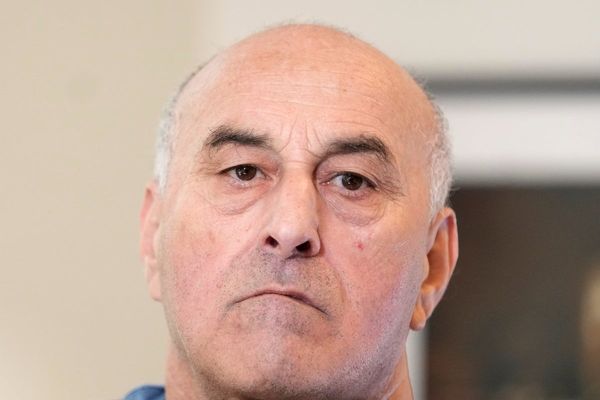
Housing affordability has deteriorated over the past year to reach its worst level since records began in 1995. First home buyers now rely on wealthy families or high-income jobs to enter the market, according to the latest housing affordability report from PropTrack.
Driven by high mortgage rates and increasing home prices, affordability further deteriorated this financial year to the point where a median-income household earning about $112,000 could afford just 14% of homes sold – the smallest share since records began. This share has declined from 43% in just three years.
Affordability was worst in New South Wales where a median-income household could afford just 10% of homes sold, and Tasmania, with 9%. In Victoria, 12% of homes met that threshold.
The most affordable state was Western Australia, where 26% of homes were affordable for a median-income household.
The report showed how hard the situation had become for first home buyers, with a median-income renting household being able to afford just 11% of homes sold over the past year. In comparison, a median household with an existing mortgage could afford 34% of homes sold over the same period.
Paul Ryan, a senior economist at PropTrack, said in the short-term, high interest rates and prices had created an accute affordability issue. First home buyers trying to get into the market were now in an almost impossible position, he said.
“The unspoken message here is that wealth matters an enormous deal in the Australian housing market at the moment, in a way that it didn’t just one generation ago.”
According to the PropTrack report, a household earning $50,000 a year could afford just 3% of homes sold – so households in the bottom 20th income percentile had effectively been “locked out” of the market.
“Realistically, you need to be in the position of kind of high income or high wealth to break into home ownership,” Ryan said.
Angus, 30, is looking for a house with his partner – he is a doctor, she is a social worker. She has been saving for about five years, and he has been saving “properly” for the past 10 months.
“She is bringing more of the deposit than I am,” he said.
He pays $1,200 in rent a month, which has made it difficult to save even on his strong wage. The couple has also had to make compromises in which properties they are looking at, going further away from Melbourne’s CBD.
“We’ve gone from a house down to a unit, we are weighing up whether we have a garden, and what suburb. We have had to compromise on the type of space and where we’re looking.”
Despite modifying their expectations “quite a bit”, Angus acknowledges they still are in a privileged position – they’re hoping to buy next year.
Economist Saul Eslake said Australia was now feeling the effects of “60 years of bad policies” which “needlessly” encouraged Australians to spend more on housing – through tax breaks for investors, shared equity schemes, stamp duty concessions, and lower interest rates while constraining the supply – making it harder to build homes.
“If you were really wanting to do something about that, the first thing you would do is stop doing dumb things,” he said.
“Stop needlessly inflating demand by scrapping all the programs that needlessly inflate demand, and stop constraining supply by stop doing the things that constrain supply.”
Eslake said the lack of political action boiled down to numbers: there are at least 11 million homeowners, 2 million investors and only 100,000 first-time buyers each year.
“Even the dumbest of our politicians can do that math,” he said.







